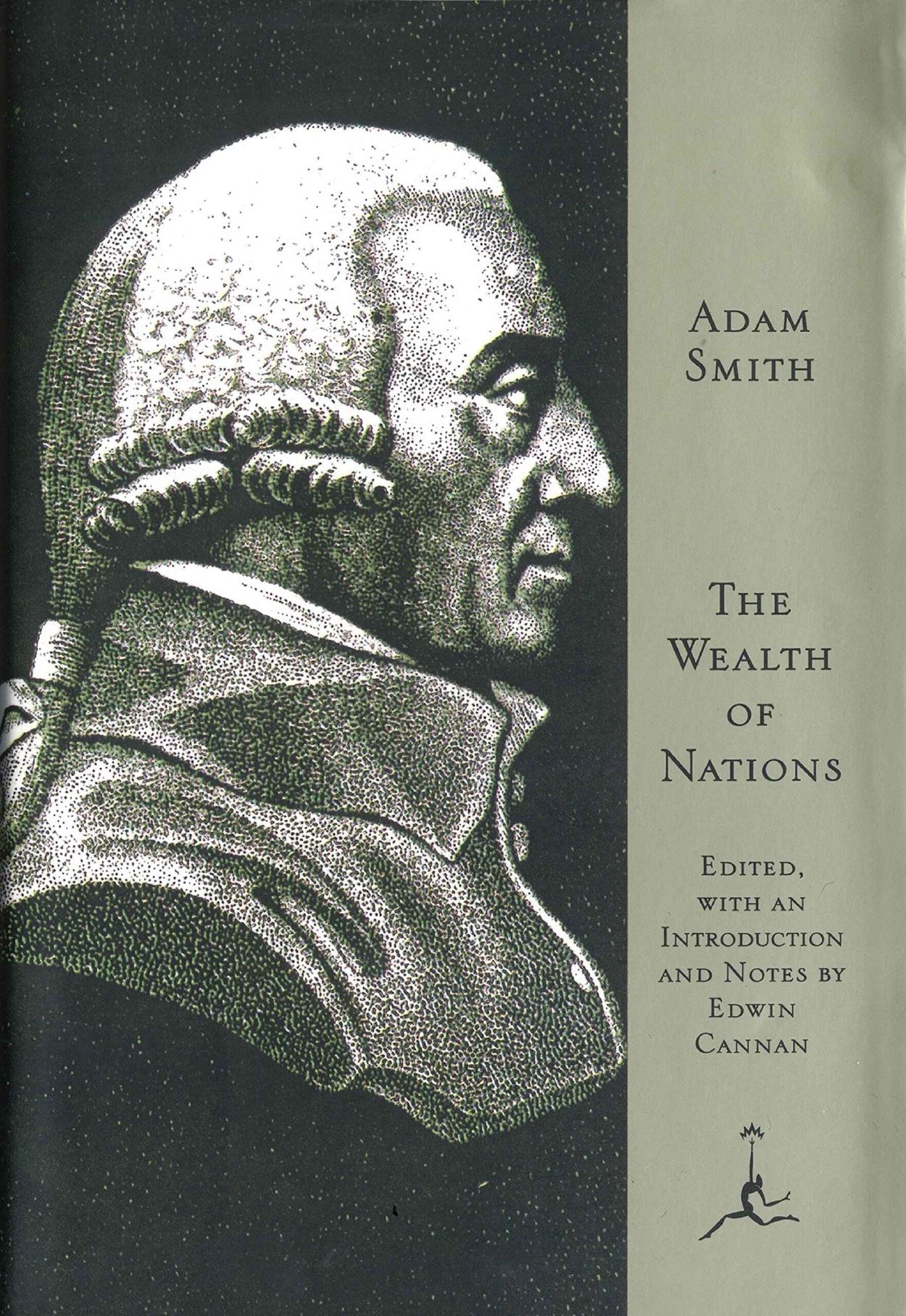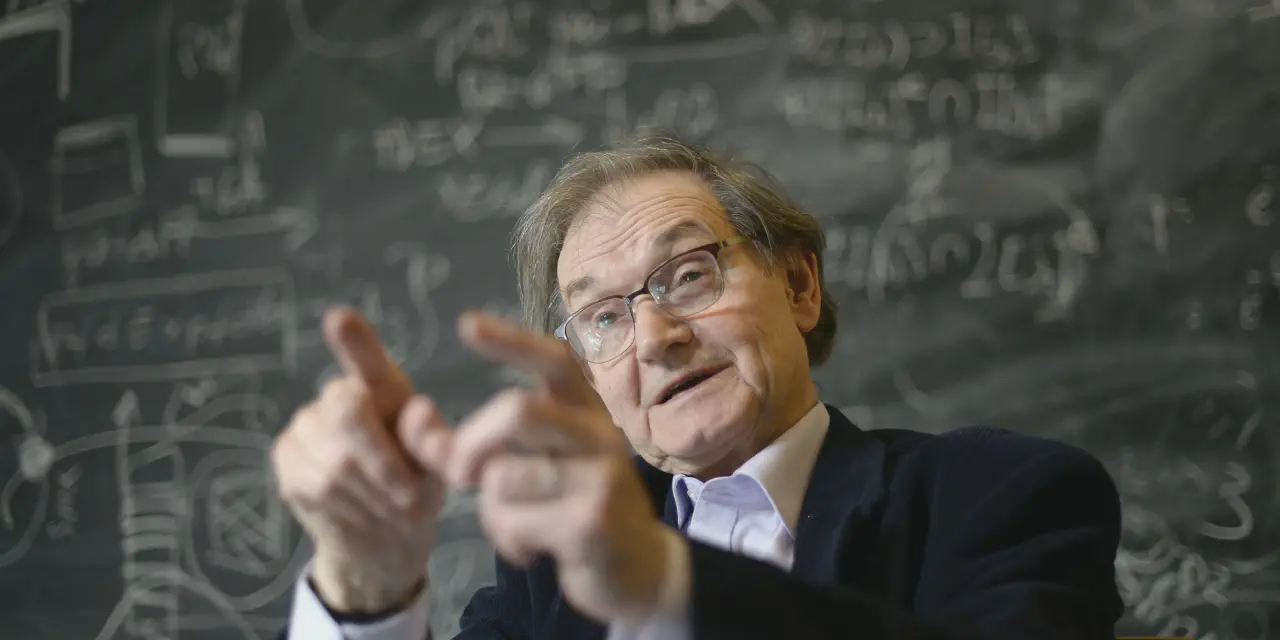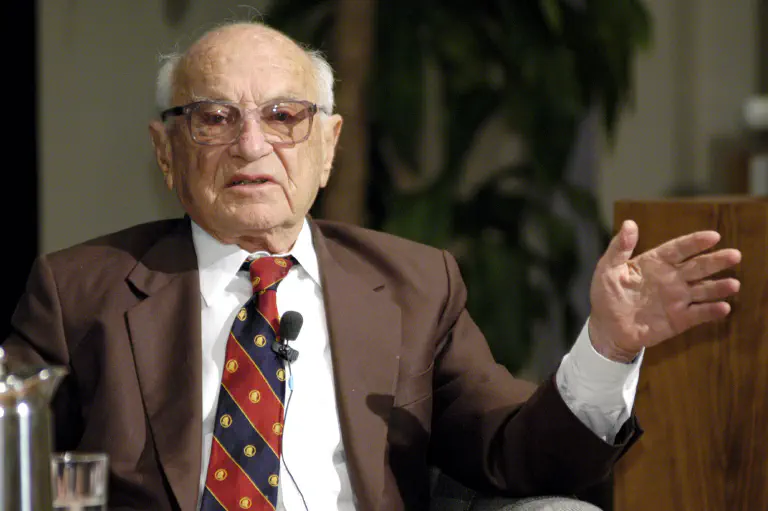What do Adam Smith, John Maynard Keynes, and Roger Penrose have in common?
Well there must have been something, it wasn't the content of their books.
Penrose is the dreamy physicist, theorist, and mathematician.
Keynes is the pragmatic hedgie and dignified diplomat.
While we Adam Smith, the man, is a distant and mysterous figure, Adam Smith is the economist reads like the others of age - Ricardo, for one.
His language is antiquated. His ideas, at the time, were revolutationary and industrious. Today, they're also antiquated.
Nonetheless, young economist are encouraged to start with Adam Smith for good reason.
We recommend you start reading here.

Physics, in layman terms, is the science of things that move, physically, as it were.
Those of us who have pursued science as a matter of foundational study, are not typically equipped to marry it, adequately, to the human mind.
Something more is needed.
Beyond his light and engaging prose, which is humorous and carries a colloquial warmth, Penrose expands on an introductory maths and sciences syllabus, with a journey into the union sets of quantum physics, neuroscience, and biology.
The Emperor's New Mind, is an instructive and imaginative read, which belongs on any learned book shelf
Here is an example from his metaphoric illustration of the Mandelbrot Set, which he pens "THE LAND OF TOR-BLED-NAM"
"The filaments themselves are forked at various places and often meander wildly. At certain spots on the filaments we seem to see little knots of complication which our sensing device, with its present magnification, cannot resolve.
Clearly the object is no actual island or continent, nor a landscape of any kind. Perhaps, after all, we are viewing some monstrous beetle, and the first that we saw was one of its offspring, attached to it still, by some kid of filamentary umbilical cord.
Let us try to examine the nature of one of our creature's warts, by turning up the magnification of our sensing device by a linear factor of about ten (Fig. 3.3 - the location being indicated under 'Fig. 3.3." in Fig. 3.2).
The wart itself bears a strong resemblance to the creature as a whole - except just at the point of attachment. Notice that there are various places in Fig. 3.3 where five filaments come together.
There is perhaps a certain 'fiveness' about this particular wart (as there would e a'threeness' about the upper most wart).
Indeed, if we were to examine the next reasonable sized wart, a little down on the left on FIG. 3.2, we should find 'sevenness' about it; and for the next, a 'nineness', and so on."
~ Roger Penrose

Feature Image Source The Telegraph

















